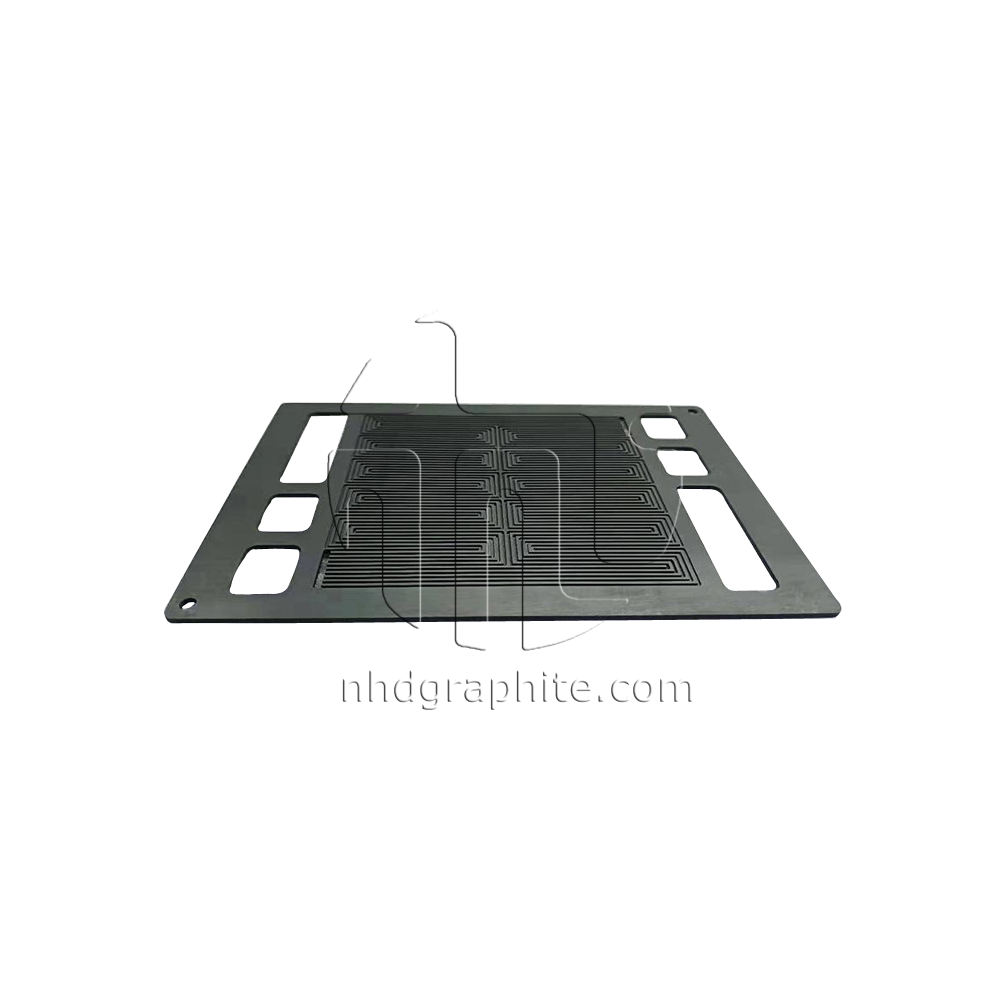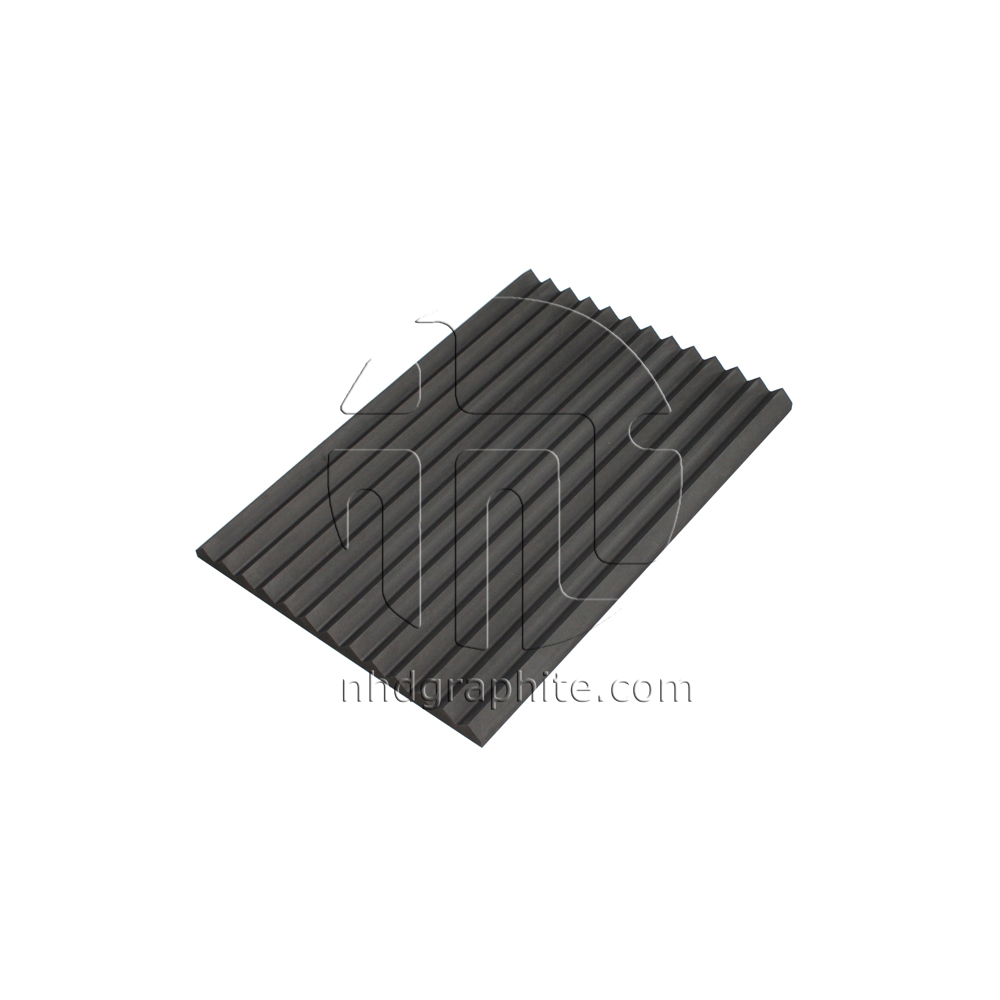What is graphite plate?
Graphite plate is processed from graphite blank by CNC machine, which is with electrical conductivity, high temperature resistance, corrosion resistance and easy processing. It is widely used in metallurgy, electrochemistry, chemical industry and other industries. Graphite plates include high-purity graphite plates, electrode graphite plates and flexible graphite plates.
The specific characteristics of the graphite plate are as follows:
1. High temperature resistance, graphite is one of the most high temperature resistant materials known. Its melting point is 3850℃±50℃, and its boiling point is 4250℃; under the ultra-high temperature arc of 7000℃ for 10S, the loss of graphite is the smallest, by weight The graphite loss is 0.8%; it can be seen that the high temperature resistance of the graphite plate is very prominent.
2. Special thermal shock resistance, graphite has good thermal shock resistance, that is, when the temperature changes suddenly, the thermal expansion coefficient is small, so it has good thermal stability, and cracks will not occur when the temperature changes rapidly. .
3. Thermal conductivity and electrical conductivity, graphite has good thermal conductivity and electrical conductivity. Compared with general materials, its thermal conductivity is quite high. It is 4 times higher than stainless steel, 2 times higher than carbon steel, and 100 times higher than ordinary non-metals.
4. Lubricity, the lubricating performance of graphite is similar to molybdenum disulfide, and the friction coefficient is less than 0.1. Its lubricating performance varies with the size of the scales. The larger the scales, the smaller the friction coefficient and the better the lubricity.
5. Chemical stability, graphite plate has good chemical stability at room temperature, and is resistant to acid, alkali and organic solvent corrosion.
Post time: Jan-11-2022







